Between Floods: Resiliency & Urban Regeneration
Working in Cedar Rapids, a city of 130,000, that had only eight years between their first and second highest floods on historical record
 Sasaki
Sasaki
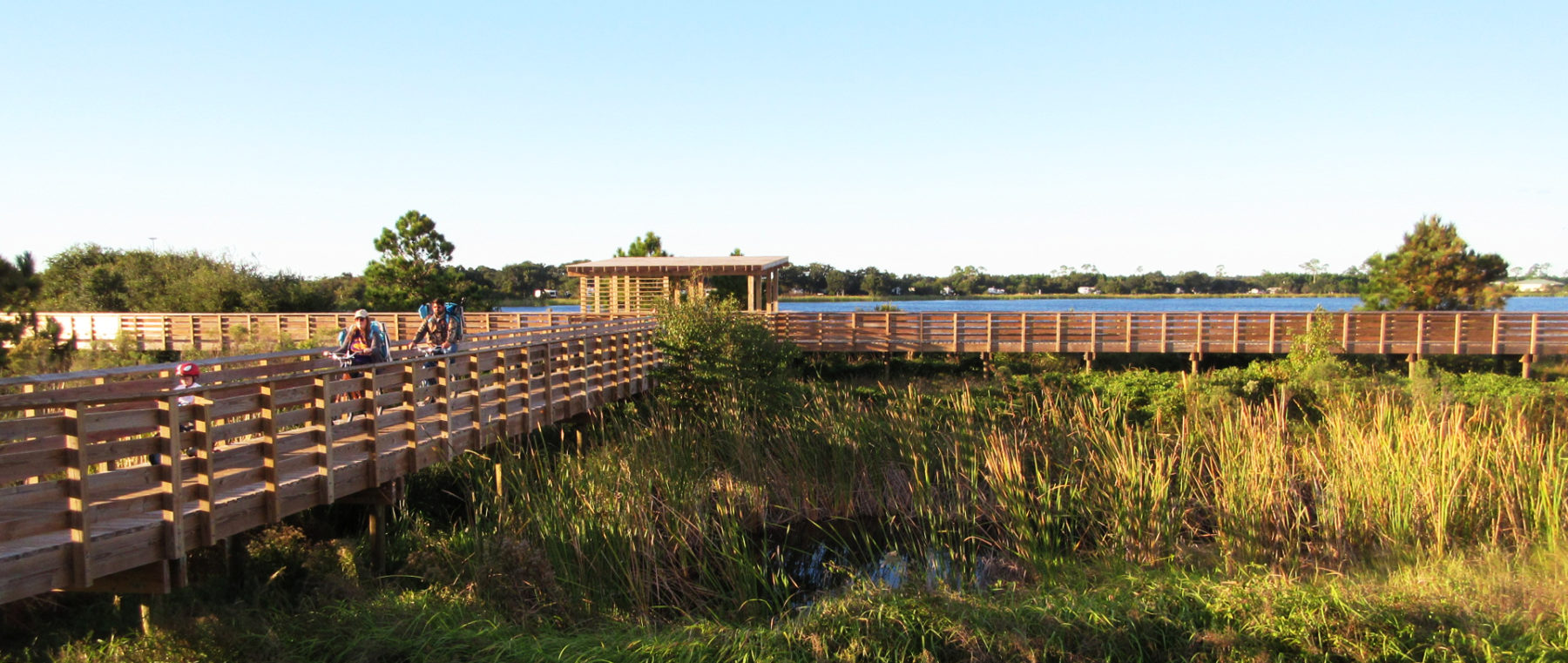
Earlier this month, the Governor’s Office of Alabama held an opening ceremony for The Lodge at Gulf State Park, a Hilton Hotel. The 350-room lodge is part of a larger master planning and landscape design effort led by Sasaki. A number of key goals shaped the project, with economic resilience, ecological restoration, and accessible design as the fundamental drivers. Through early action restoration funding from BP after a major oil spill in 2010, the plan moved rapidly from conception to implementation.
This is the first post in a series on the design and implementation of Gulf State Park. Read the second post, written by Jill Allen Dixon, the project manager, here, and her interview with Matt Leavell, the Director of Design and Planning for the University of Alabama team, here.
“As urban planners, we routinely develop plans that prepare our clients for 20 or 30 years of growth,” says James Miner, AICP, CEO and principal planner on the project. “It’s rare for a master plan to move from conception to implementation in just four years—it’s very exciting to see.” Creating the master plan for 6,150 acres (approximately 10 square miles) is no small task, either, especially when ecological restoration of protected ecosystems comes into play.
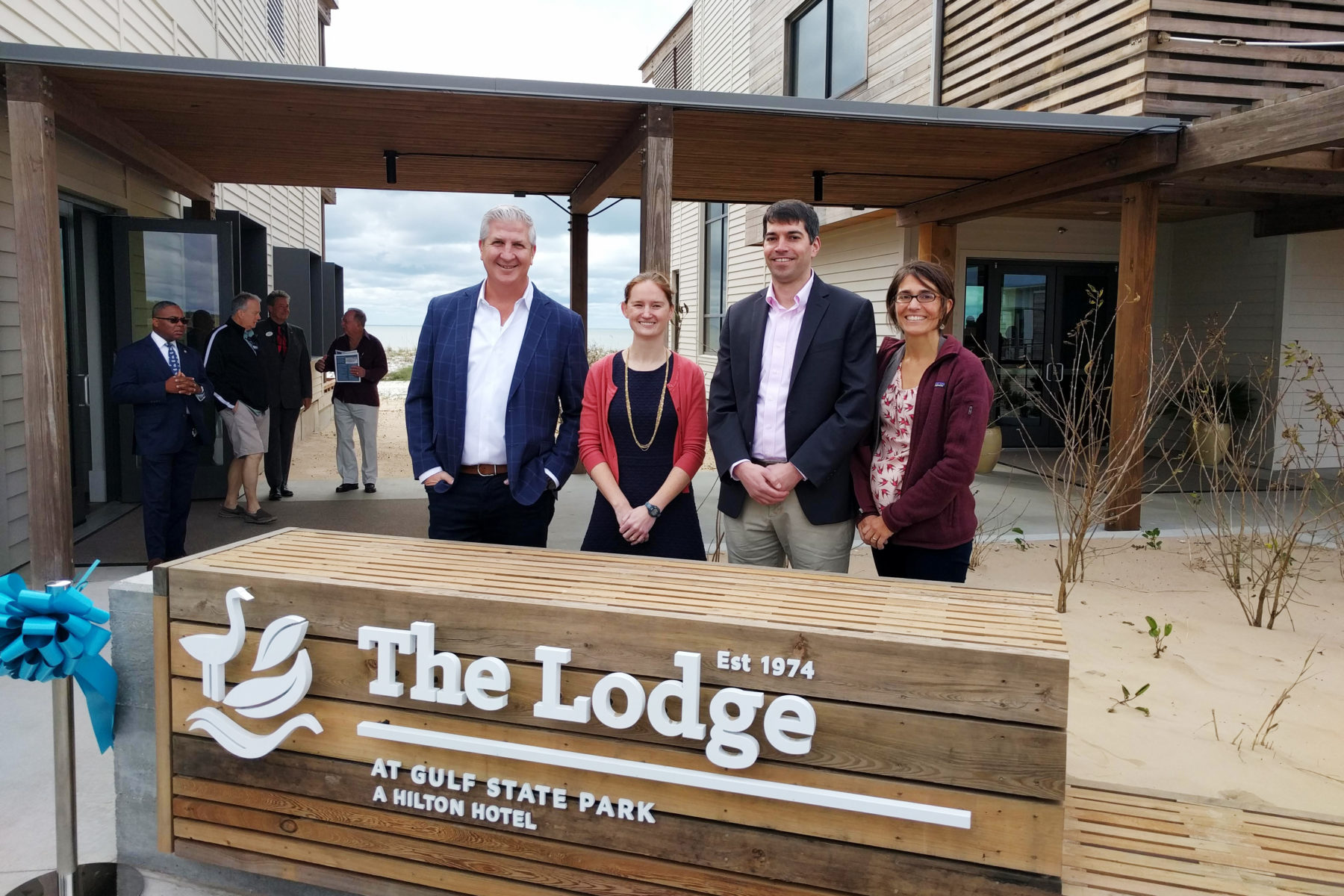
Sasaki designers at the Lodge opening (from left): principal James Miner, AICP, associate principal Jill Allen Dixon, AICP, principal Zach Chrisco, PE, and associate principal Kate Tooke, ASLA, PLA
In a state where tourism makes up about seven percent of the GDP, economic resilience has been a top priority for Alabama. Three new projects within the park—the Lodge, the Interpretive Center, and the Learning Campus-—aid in expanding access to the area. Set away from more crowded vacation destinations nearby, the Lodge offers serene views of the ocean, with immediate access to the beach on one side and 27 miles of trails through the park on the other.
As laid out in the master plan, 15 miles of new and enhanced trails weave through the park, connecting the Lodge to the Interpretive Center, the Learning Campus, and other park destinations and ecosystems. The Interpretive Center serves as an introduction to the park’s seven different ecosystems. In the north-west corner of the park lies the Learning Campus, located conveniently close to local schools. The Learning Campus consists of bunk rooms, a café, three full laboratories and classroom space with the intention that K-12 students will spend time in the park studying the habitats. The Sasaki team led the master planning effort to identify how these facilities could best compliment the existing park destinations while supporting park’s environmental health.
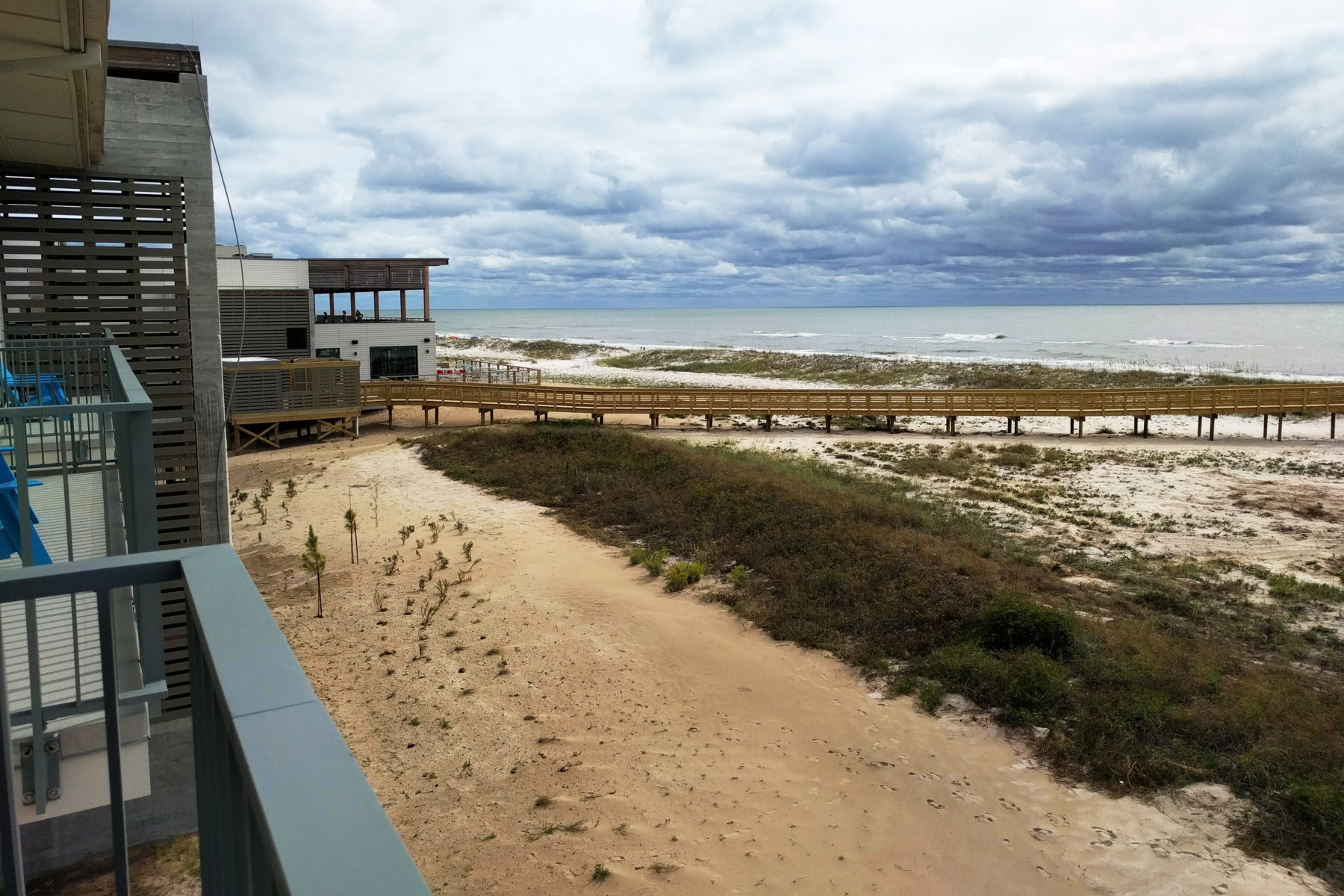
View from the Lodge
For the park, economic resilience and ecological restoration fell hand-in-hand—the success of one goal relied on the success of the other. “This project is about expanding access to Alabama’s beautiful and diverse coastal ecosystems,” notes senior associate, Jill Allen Dixon, AICP, who was project manager for the master plan. “We are excited to see the Master Plan’s recommendations coming to life, which will support long-term environmental and economic health for the region and all of Alabama.”
One major recommendation of the plan was the reconfiguration of a large man-made dune created in defense of future damage of ocean storm surge. Despite using naturally occurring materials—sand, as opposed to concrete levies—the team showed how the engineered berm actually restricted the natural growth of sand dunes habitats that are crucial for a variety of plants and animals, including an endangered species of beach mouse. As a result, a large section of the berm was removed and dune grass was carefully planted in order to reinstate these natural processes.
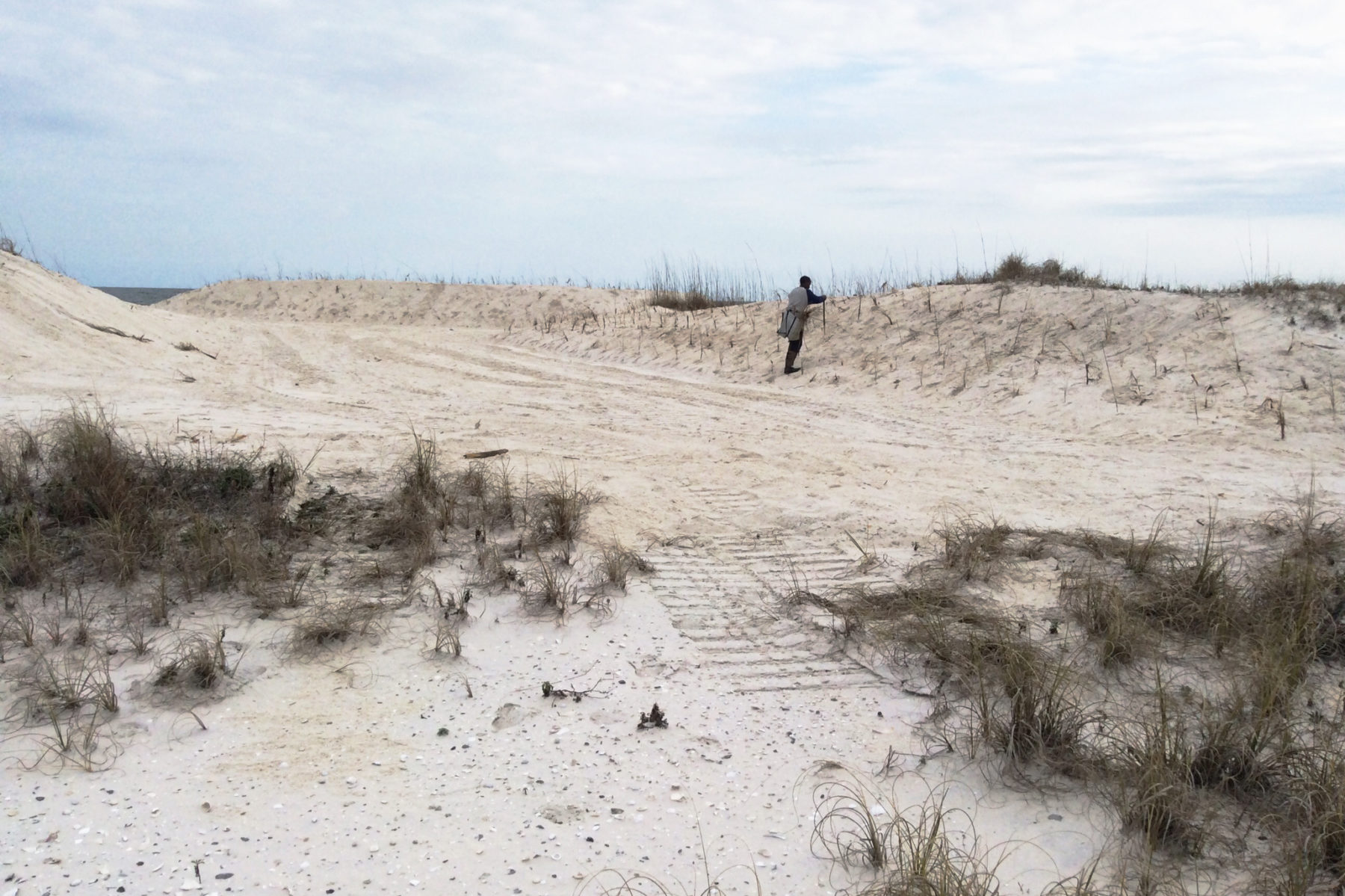
Berm restoration
Sustainability and resiliency principles are also fundamental components of the built projects within Gulf State Park. In fact, the three new destinations are record-setting: all buildings and their landscapes are LEED, SITES, or Living Building Challenge certified. When certified, the Interpretive Center, a structure designed to educate visitors on the ecology of the park, will be one of 16 buildings in the world that meets the Living Building Challenge by producing more energy than it requires and collecting more water than it uses. The Lodge is currently pursuing LEED Gold, SITES platinum, and FORTIFIED Commercial certifications, making it the only hotel in the world with these qualifications.
Part of restoring the ecology for the park required closing a mile-long stretch of road and converting it to a pedestrian and bicycle trail. Closing the road meant not only allowing the natural landscape to reclaim an essential part of the state park, but also increasing safety for pedestrians and cyclists while emphasizing connectivity and accessible design throughout the park.
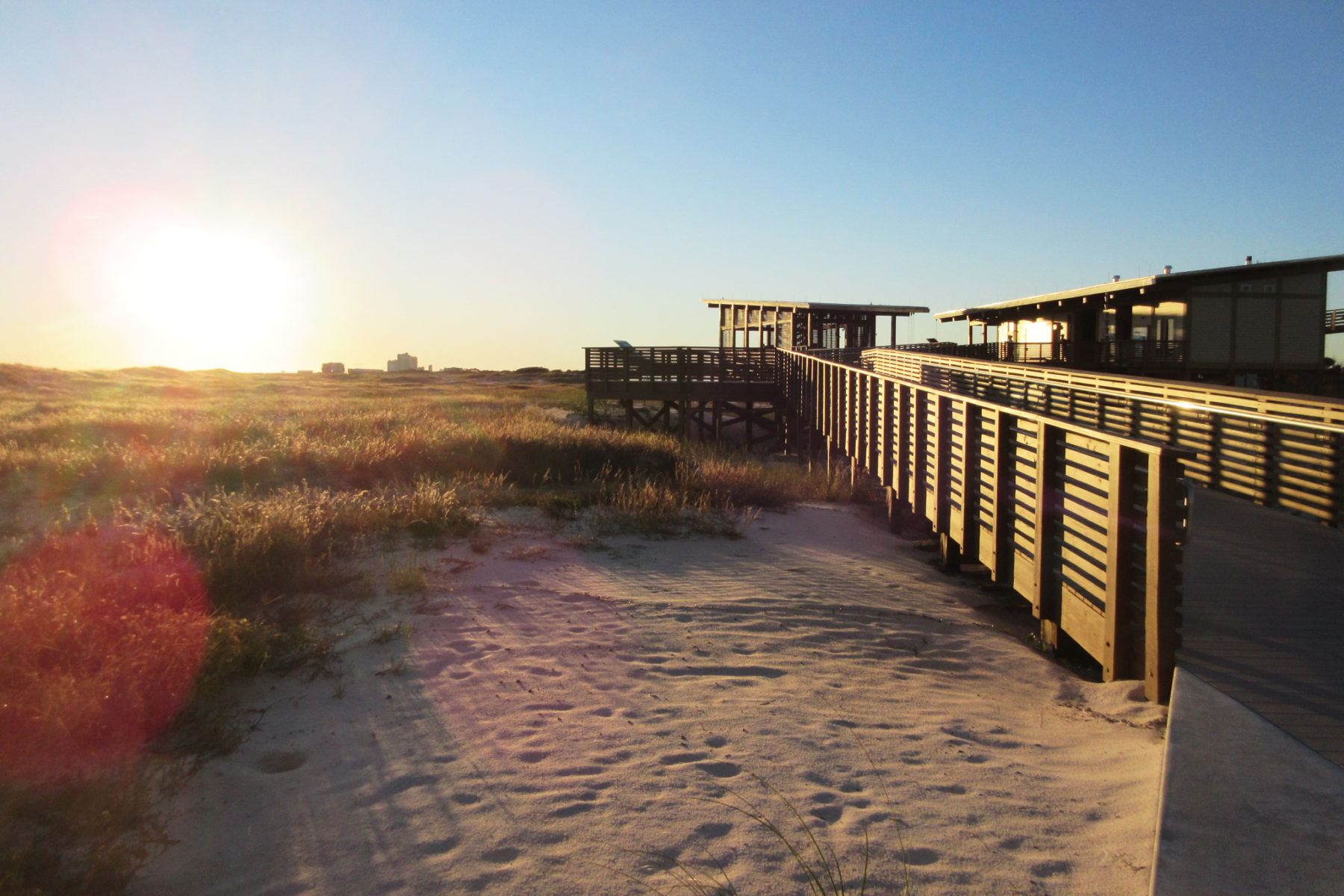
The Interpretive Center
The project team’s focus on accessible design was to ensure everyone would be able to get out and enjoy the park’s natural beauty. The trails’ surfaces and grades are designed to be accessible to all, including individuals in wheelchairs.
The park partnered with the Lakeshore Foundation, a Birmingham-based organization focused on increasing opportunities for individuals with physical disabilities and a training site for the US Paralympic teams. Lakeshore Foundation helped with a trails assessment that measured specific criteria about the trails, such as cross slopes, percentage of each surface type, and maximum grade. This data will be included on park signs at the beginning of each trail to help visitors better understand trail conditions.
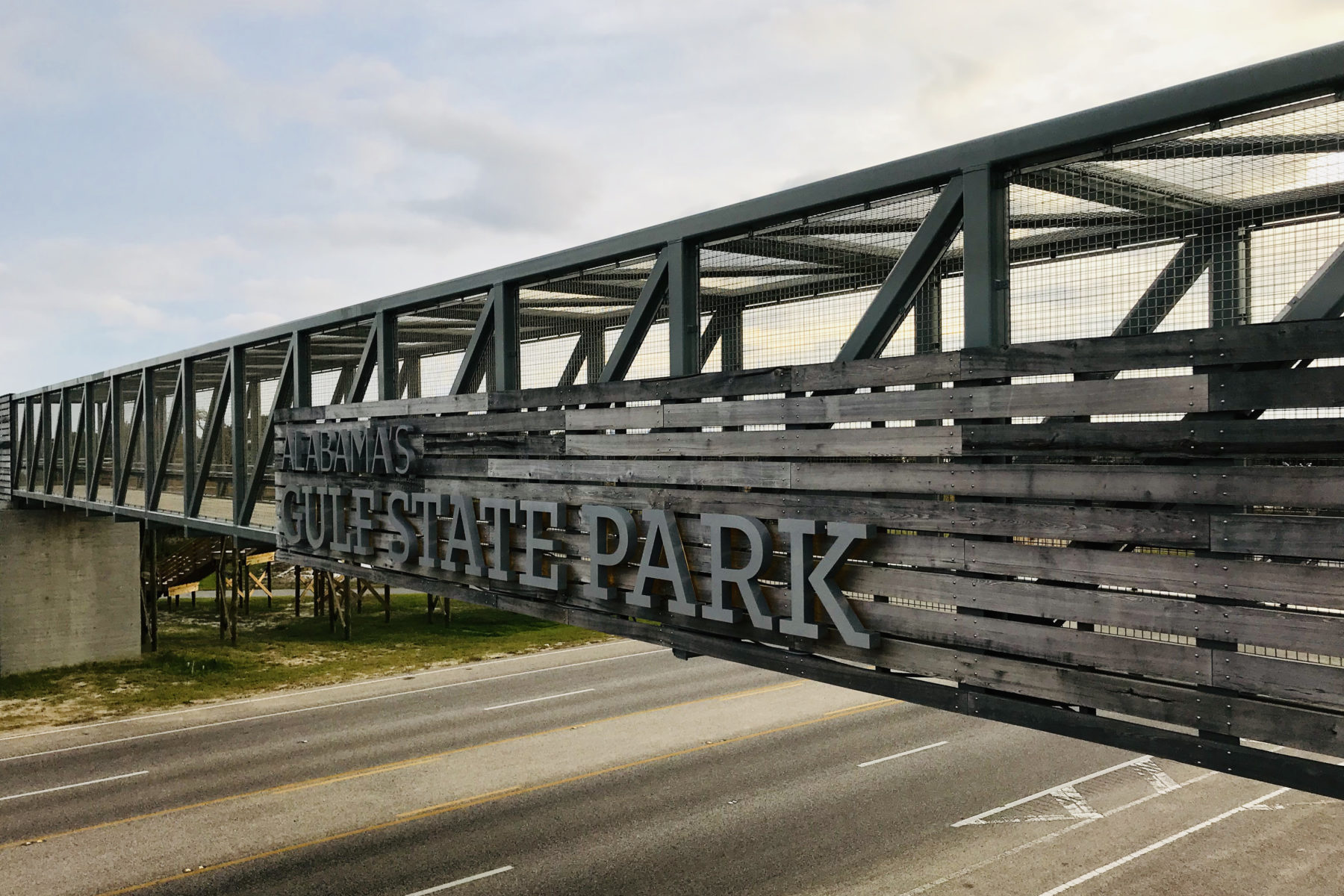
Read more about the process for achieving the environmental certificates here